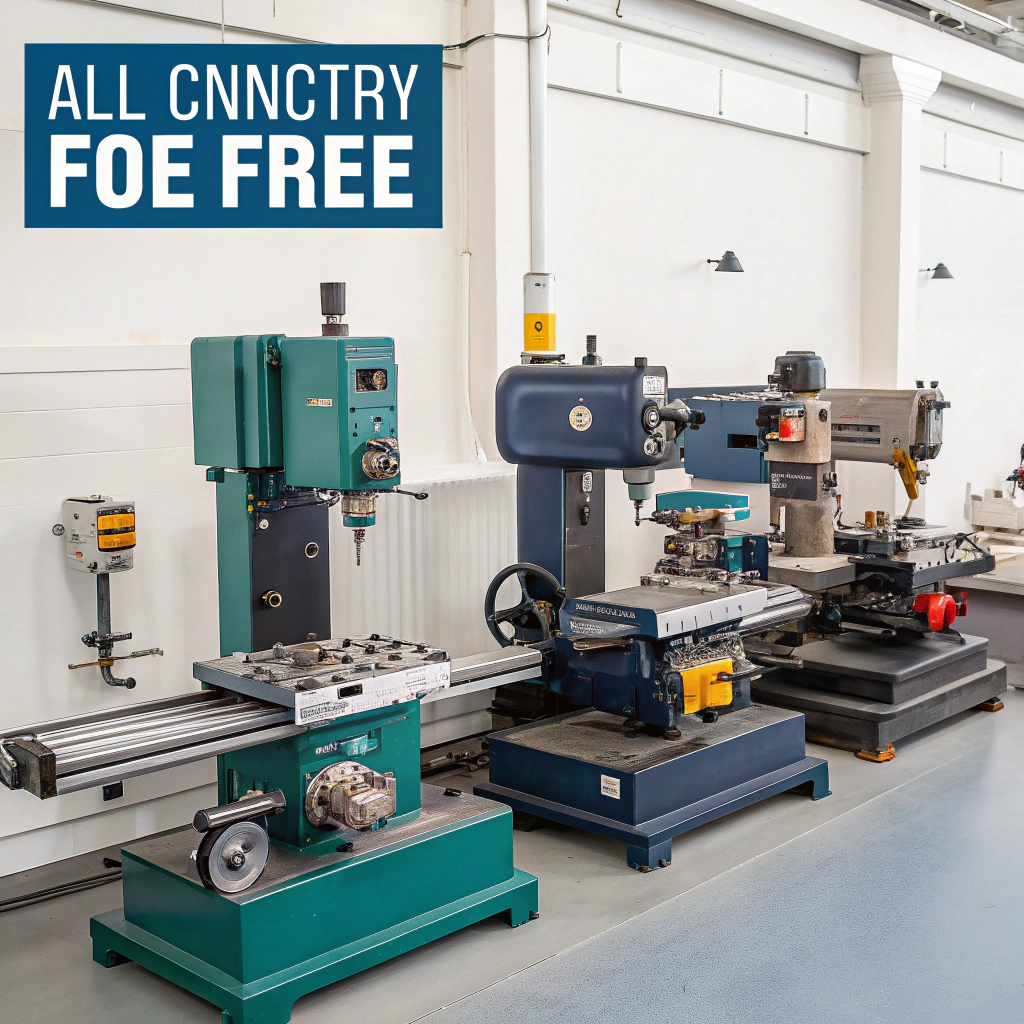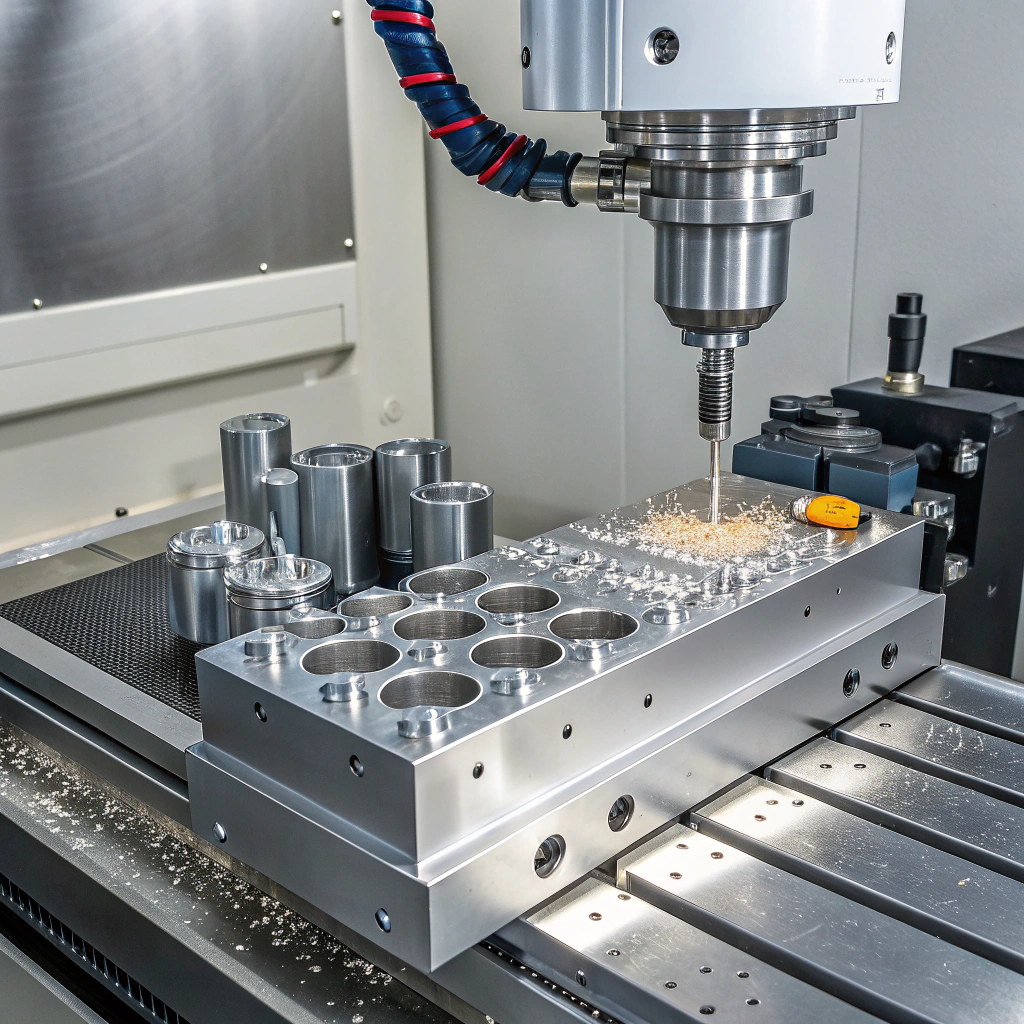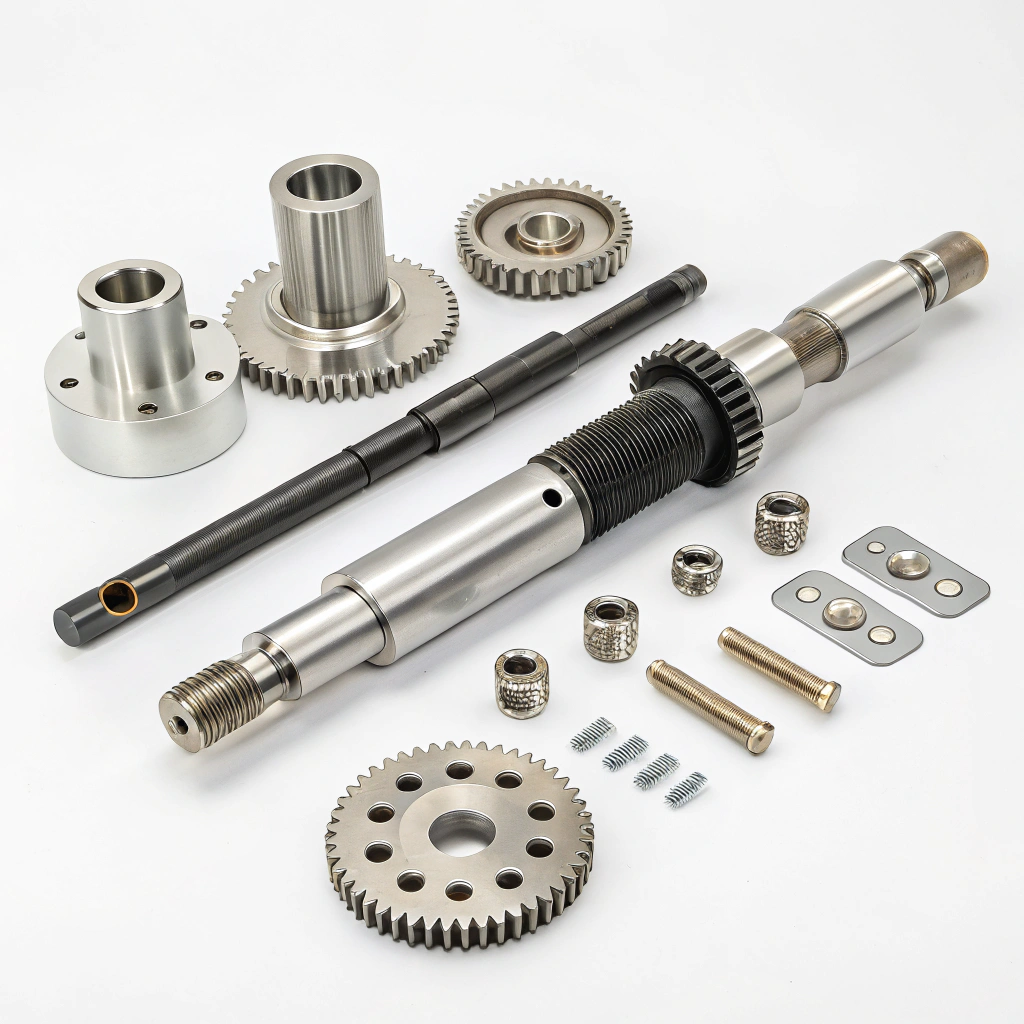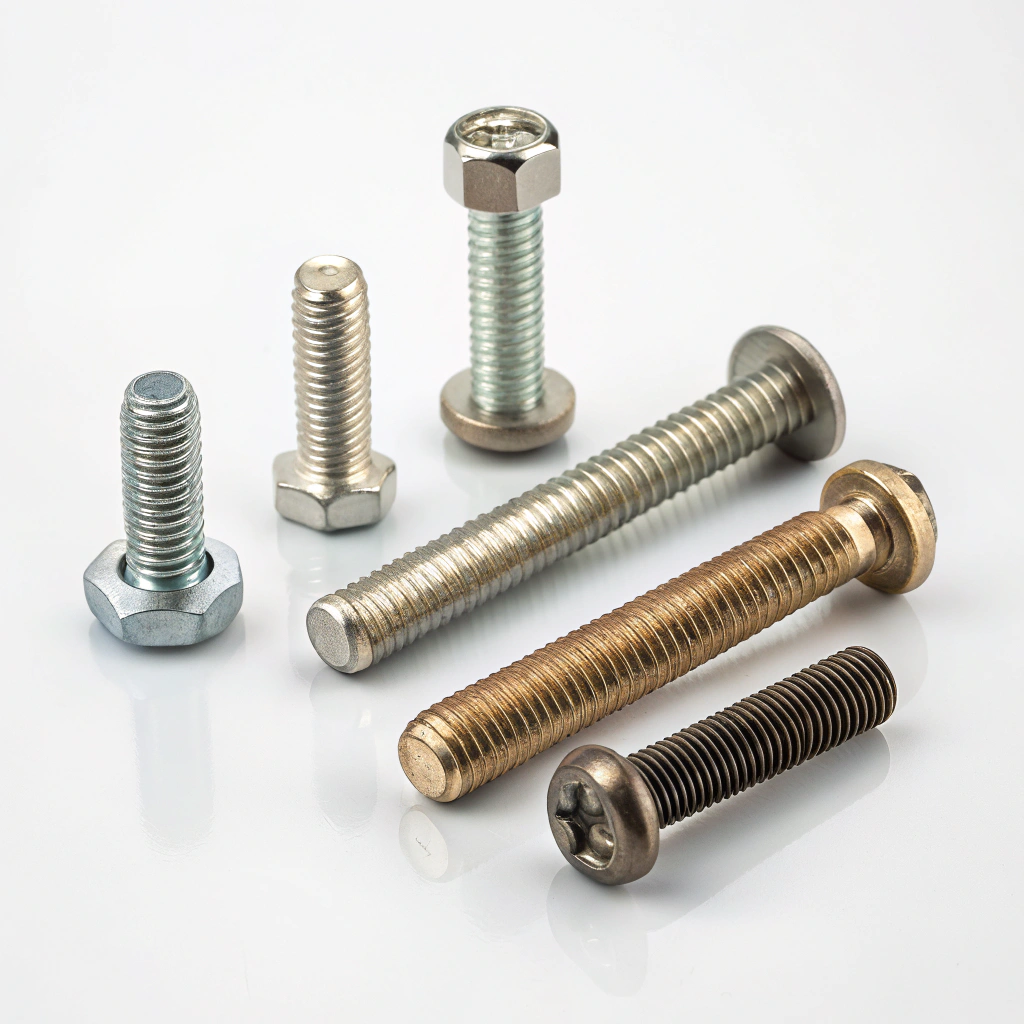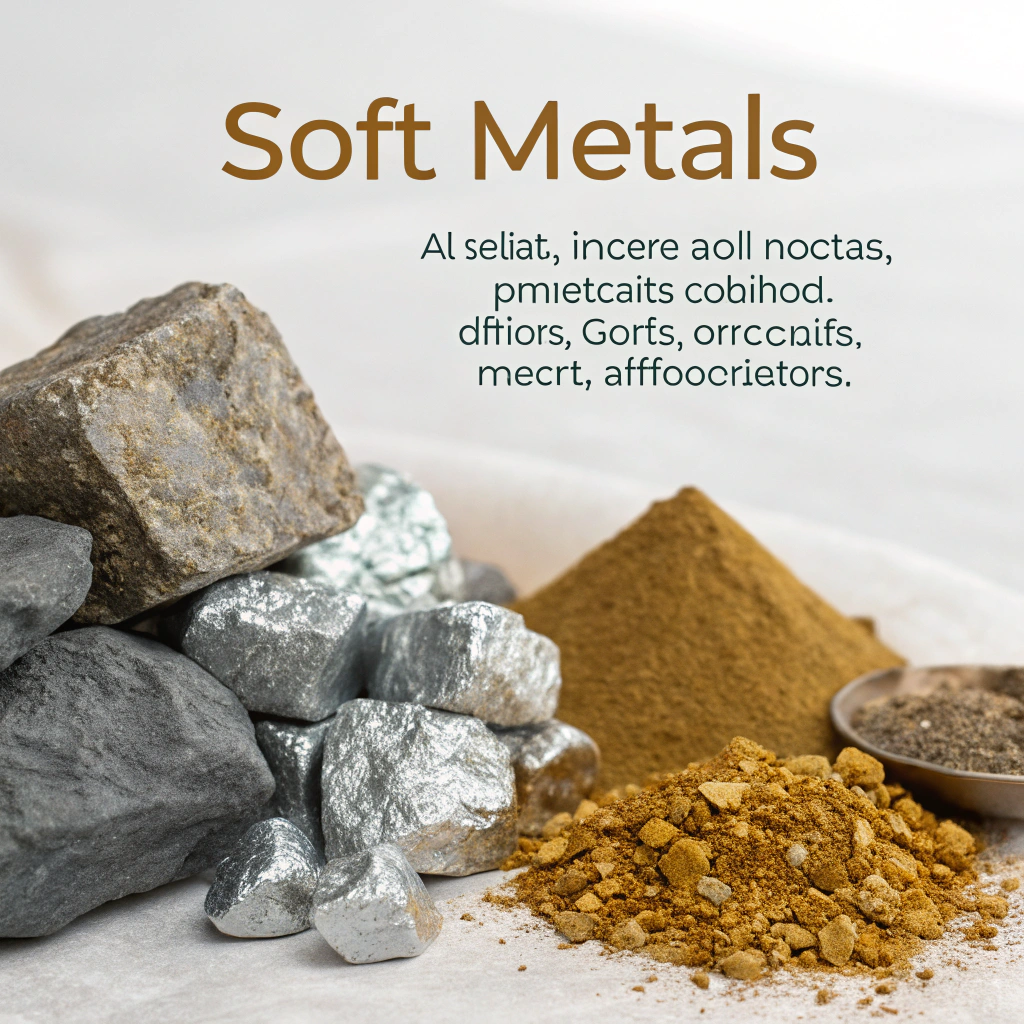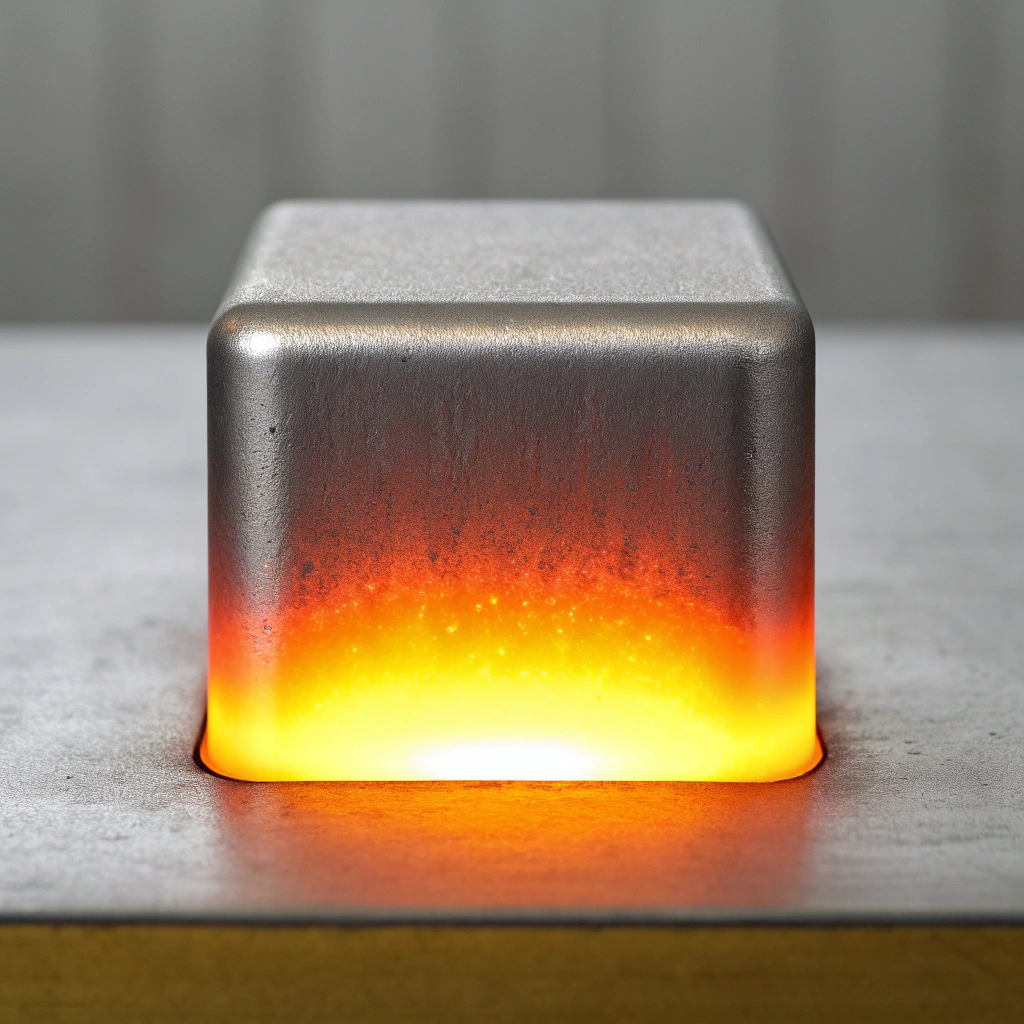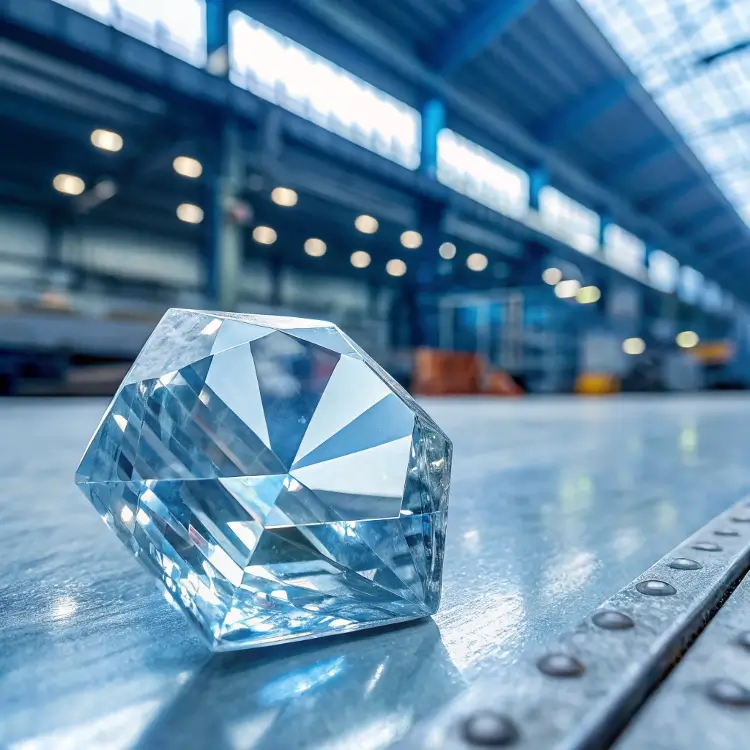
You’ve seen transparent aluminum in science fiction, but what about the real stuff? Is it just glass with a fancy name?
Transparent aluminum—technically aluminium oxynitride (AlON)—is a high-strength ceramic with 4x the hardness of glass and up to 3x the strength-to-weight ratio of steel.
It’s not a myth. It’s real. And it’s stronger than most materials you'd normally trust to stop bullets or survive extreme environments.
What material is transparent aluminum made of?
The name sounds futuristic, but the material is very real.
Transparent aluminum is made of aluminium oxynitride (AlON), a transparent ceramic composed of aluminum, oxygen, and nitrogen.
AlON starts as a fine powder. It’s pressed at high pressure, then sintered at temperatures up to 2150?°C. The result is a polycrystalline material with an optical clarity above 80% in the visible spectrum—almost as clear as glass.
After sintering, the material is ground and polished to remove any surface imperfections and to maximize transparency. Unlike glass, AlON remains clear even under stress, heat, or ballistic impact.
AlON vs Other Transparent Materials
| Material | Composition | Transparency | Thermal Limit | Notes |
|---|---|---|---|---|
| AlON (Aluminum Oxynitride) | Al-O-N | ~80%+ | ~1200?°C | Superior impact resistance |
| Fused Silica | SiO? | ~90% | ~1000?°C | Standard optical glass |
| Sapphire (Al?O?) | Single-crystal alumina | ~85% | ~1900?°C | Harder but more brittle |
The secret to AlON’s performance is its spinel crystal structure. It resists deformation, cracks, and thermal shock much better than glass.
How does transparent aluminum compare to glass or steel?
You’ve probably heard: transparent aluminum stops bullets. That’s not an exaggeration.
Transparent aluminum is significantly harder and stronger than glass, and offers higher strength-to-weight than steel, while still being optically clear.
Let’s break it down.
Strength Comparison Table
| Property | Transparent Aluminum (AlON) | Tempered Glass | Structural Steel |
|---|---|---|---|
| Compressive Strength | ~2.7?GPa | ~1?GPa | ~250–350?MPa |
| Hardness | ~1800?kg/mm2 (Knoop) | ~500–700?kg/mm2 | ~200–300?kg/mm2 |
| Density | ~3.7?g/cm3 | ~2.5?g/cm3 | ~7.8?g/cm3 |
| Bullet Resistance | Stops .50 BMG at 1.6" | Needs 3.7"+ layers | Requires complex armor |
| Light Transmission | ≥80% | ~90% | 0% (opaque) |
AlON’s strength-to-weight ratio makes it a perfect candidate for applications where both transparency and armor are required. Steel may be stronger by volume, but AlON wins by weight and function.
What are real?world uses of transparent aluminum?
If it’s this strong, then where do people actually use it?
Transparent aluminum is used in bullet-resistant windows, sensor covers, infrared domes, and optical components in high-heat or high-impact environments.
Let’s look at some applications:
Real?World Uses
- Military vehicles: Transparent armor windows in armored cars and helicopters
- Missile domes: Infrared-transparent domes for guidance systems
- Sensor optics: Covers for high-precision sensors in aerospace and defense
- Spacecraft: Heat-resistant viewports or radiation shielding
- Marine vessels: Underwater viewports and sonar windows
These applications all demand durability, clarity, and temperature resistance. Glass can’t do that. Steel can’t either. But AlON can.
Why is transparent aluminum so expensive?
If it’s so good, why don’t we see it everywhere?
Transparent aluminum is expensive because of its energy-intensive production, precision finishing, and low-scale manufacturing.
Here’s why the cost stays high:
Cost Breakdown Table
| Cost Factor | Explanation |
|---|---|
| Raw Material Cost | AlON powders are expensive and specialty grade |
| Processing Temperature | Needs ~2000–2150?°C furnaces (high energy cost) |
| Machining & Polishing | Needs multi-stage grinding for optical clarity |
| Low Production Volume | Few factories produce it at scale |
| Application Specificity | Mostly used in defense and aerospace |
Estimated costs: ~$10–15 per square inch for small panels. That’s ~$1500+ per square foot, which is 5–10x more than bulletproof glass. But it’s also 2–3x thinner and tougher.
With more research into low-temp sintering or scalable production, prices might come down. But for now, AlON remains a niche, premium material.
Conclusion
Transparent aluminum is more than sci-fi. It's a powerful material with strength, clarity, and heat resistance that beats glass and rivals steel. But for now, it's reserved for missions that truly demand the best.

